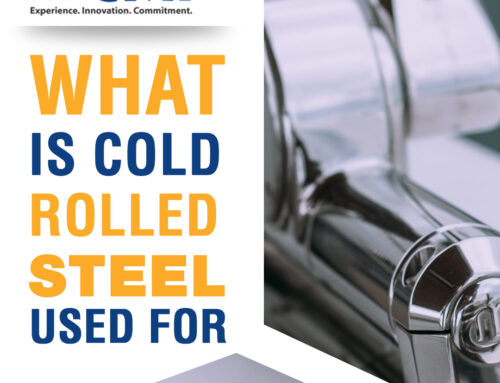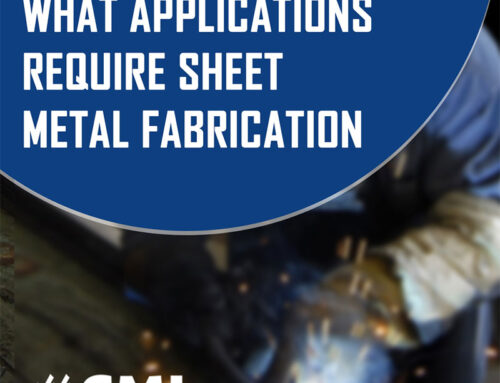Understanding how circuits are made, gives us a better understanding of circuits themselves. Circuits are a collection of interconnected devices that allow electrical signals to flow between them.
Circuits are everywhere, from small, simple circuits like the one in your T.V. remote to complex combinations of circuits in your car’s computer system or your smartphone’s graphics processor. They can range from three components to more than two dozen.
Circuitry is in electronics everywhere. We use it in many aspects of life, including medical technology and food production systems. Circuit-based technologies are used all over today, and the world wouldn’t be what it is without them.
Circuits are used to carry electrons through wires. They are the backbone of most modern electronics, and they’re especially important in computers, where circuits carry data through binary code at mind-boggling speeds. Circuits have existed for centuries, but technological advances in the 20th century have increased their use by an order of magnitude.
Circuitry was developed in the 1800s with the invention of the light bulb – Thomas Edison was one of its pioneers. Early circuits were composed of copper wire laid out on boards or woven into fabric sheets that resembled primitive wiring diagrams. These early circuit boards were used in some early telephones and radios as microprocessors were developed in the 1970s.
What Are the 5 Components of a Circuit?
Let’s take a look at the different components that make up a circuit.
Circuits are made up of five main components:
Diodes: are semiconductor device that only allows current to flow in one direction. They come in a variety of shapes and sizes and can be used for a wide range of purposes, such as rectifying alternating currents and filtering out “noisy” power sources.
Inductors: are components in the electrical circuit that has the ability to store energy when a voltage is applied. It can release this stored energy when a current is applied.
Capacitors: A capacitor is a passive two-terminal electrical component that temporarily stores and releases electric charge through its plates.
Transistors: In electronics, a transistor is a semiconductor device that can be used for amplification or switching electronic signals and power.
Resistors: are electronic components that regulate the flow of current. These components are usually made of metal alloys with a high level of electrical resistance.
Each of these components of a circuit is carefully assembled onto a circuit board in a very complex manner. Understanding the different components of a circuit and how the board functions is important to produce the desired outcome. This is why it is important to team up with a professional circuit board supplier that has a reputable reputation.
3 Main Components Needed for a Circuit?
The three main components needed for a circuit to exist are Current, Resistance, and Voltage.
Let’s take a look into these are little further:
Electrical voltage is measured in volts, with 1 volt being the difference in electric potential between two points that creates a force of 1 newton per coulomb of charge that passes through it.
Electrical resistance is the property of a material that causes it to oppose the passage of electric current through it. The measure of this opposition is resistance, and it is measured in ohms.
Electrical current is the flow of electrons through a conductor. A conductor is any material that allows the electrons to move freely. The current is measured in amperes, or amps for short.

How Does an Electrical Circuit Work?
An electrical circuit is a closed loop of conductive material, usually, metal wire, which provides a path for electric current to flow. The electric current is generated by an external source of electromotive force, which causes electrons to flow through the loop. The circuit may be straight or curved. A closed-loop is called a “closed” circuit; one with electrical current flowing in both directions around the loop is called an “open” circuit.
How are Circuits Made?
The first step is to find the materials you will need for this circuit. You will need a breadboard, a small LED lightbulb, and wires. A breadboard is a plastic board with short lines of metal on it that can be used to create circuits without soldering anything. Wires are used to connect the different parts of the circuit together. They come in many different colors and lengths. Some wires have clips on one end so they can be inserted into holes on the breadboard, while some have clamps so they can be hooked up directly to each other or another component like an LED.
By using the wires, you can connect different parts of the breadboard together to get different outcomes.

What Is The Difference Between an A.C. and D.C. Circuit?
An A.C. circuit is more complicated than a D.C. circuit. It has both positive and negative charges, whereas the D.C. circuit only has one charge. The difference between the two is that D.C. circuits are typically used to provide power to motors or lights, while A.C. circuits are used for other purposes like power transmission or signal transmission.
An A.C. circuit is a type of electrical circuit in which the voltage periodically reverses its polarity, which is used to power household appliances such as T.V.s and computers. D.C. stands for direct current, and while it’s not typically used to power everyday items, it has a constant voltage.
What Are the Different Types of Circuits?
An electric circuit is a device that can break or complete an electrical circuit by either passing or blocking an electric current.
There are three types of circuits: series, parallel, and mixed. A series circuit has one path to the ground. This means that the current must pass through all components to reach the ground wire. There are two or more paths to the ground from which electricity can flow from one point to another without any interruption in a parallel circuit. In a mixed circuit, there are both series and parallel connections, making it possible for electricity to flow from one point to another through different routes.

What is a Circuit Breaker?
A circuit breaker is a device that limits current flow in an electric circuit by opening and closing it quickly, interrupting the flow of electricity when too many current flows. It works by sensing the amount of current being drawn from a power source and automatically opens up when it reaches its set limit. Circuit breakers are used as protection devices against fires or electric shocks.
Most modern circuit breakers work with 3 wire connections but can vary with 2 wire connections or 4 wire connections with ground wires.
Circuit breakers are also known as fuses, these are two terms that are used interchangeably in some parts of the world.

How did surface mount technology advance circuits?
Surface mount technology, or SMT, is soldering electronic components to the surface of a printed circuit board. This technique has allowed for the miniaturization of devices and will be integral to the future of electronics. It enables higher-density circuit boards to be more cost-effective and consume less power.
It is a technology that is a set of manufacturing techniques that have been developed to assemble electronic circuits. They can be used to assemble virtually any type of circuit with a minimum of difficulty.
The history of surface mount starts in the late 1960s when companies made a move from through-hole soldering to surface mount assembly. The trend spread through the early 2000s, and today’s products are not manufactured without it.
What Makes Up a Circuit Board?
A circuit board is a printed circuit that can be made by etching copper or other metal onto the surface of a board. Circuit boards are used to contain and connect electronic circuits as well as to interconnect all the components of an electrical device.
A circuit board is a laminated sheet of material containing holes that allow electrical connections to be made. The material can be copper, lead, solder, or fiberglass. These boards are used in a variety of devices today. In fact, you probably couldn’t look around any given room and not find something that uses a circuit board.
Circuit boards used to be only used to power large electronic devices such as radios and T.V.s. However, today, you will find them in even throw-away devices such as solar light or calculators.
Circuit boards are necessary for any electronic device – without them, the circuit would be incomplete. The circuit boards are like the spine of any electrical device. They’re made up of copper wires, which conduct electricity to different components of the device.
Each component has its own function; some components help with power, others with data storage. For example, an integrated circuit is a silicon chip that helps store data on hard drives and USB sticks, while a video card helps process images and videos on your computer.
PCBs stands for Printed Circuit Boards. PCBs are probably one of the most important pieces in any electronic circuit. It consists of a thin metal foil that is laminated on both sides with insulating materials such as fiberglass and then etched with copper patterns to create a circuit. The process begins with a schematic diagram which is used to design the layout of the board.
Knowing how circuits are made, gives a better insight on circuits. Circuits: a collection of interconnected devices that allow electrical signals to flow between them.








You must be logged in to post a comment.